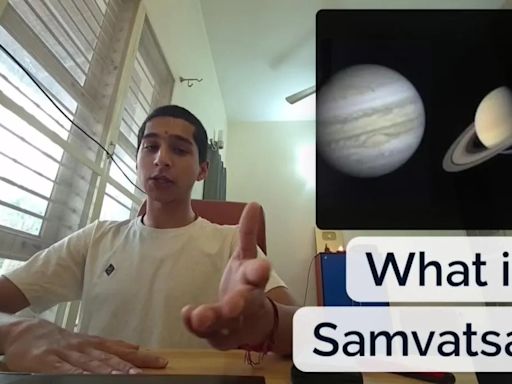搜尋結果
Zashiki-warashi. Zashiki-warashi (座敷童子, or 座敷童, "parlor child"), sometimes also called zashiki bokko (座敷ぼっこ, "parlor boyo"), are spirit-like beings told about mostly in the Iwate Prefecture. [1] They are said to be yokai that live in parlors or storage rooms, [2] and that perform pranks, and that people who see one would ...
Hinduism as it is commonly known can be subdivided into a number of major currents. Of the historical division into six darsanas (philosophies), two schools, Vedanta and Yoga, are currently the most prominent. The six āstika schools of Hindu philosophy, which recognise the authority of the Vedas are: Sānkhya, Yoga, Nyāya, Vaisheshika, Mimāmsā, and Vedānta.
Kali (/ˈkɑːliː/; Sanskrit: काली, IAST: Kālī) or Kalika is a major Hindu goddess associated with time, change, creation, power, destruction and death in Shaktism.[1] Kali is the first of the ten Mahavidyas in the Hindu tantric tradition.[2] Kali's earliest appearance is when she emerged from Durga. The goddess is stated to destroy ...
B. R. Ambedkar. / 19.02500°N 72.83389°E / 19.02500; 72.83389. Bhimrao Ramji Ambedkar (Bhīmrāo Rāmjī Āmbēḍkar; 14 April 1891 – 6 December 1956) was an Indian jurist, economist, social reformer and political leader who headed the committee drafting the Constitution of India from the Constituent Assembly debates, served as Law ...
Ram Mandir. / 26.7956; 82.1943. The Ram Mandir ( lit. 'Rama Temple') is a partially constructed Hindu temple complex in Ayodhya, Uttar Pradesh, India. [6] [7] Many Hindus believe that it is located at the site of Ram Janmabhoomi, the mythical birthplace of Rama, a principal deity of Hinduism. [8] [9] [10] The temple was inaugurated [7] on 22 ...
Religion in India is characterised by a diversity of religious beliefs and practices. Throughout India's history, religion has been an important part of the country's culture and the Indian subcontinent is the birthplace of four of the world's major religions, namely, Buddhism, Hinduism, Jainism, and Sikhism, which are collectively known as native Indian religions or Dharmic religions and ...
The Indus Valley Civilisation [1] ( IVC ), also known as the Indus Civilisation, was a Bronze Age civilisation in the northwestern regions of South Asia, lasting from 3300 BCE to 1300 BCE, and in its mature form 2600 BCE to 1900 BCE. [2] [a] Together with ancient Egypt and Mesopotamia, it was one of three early civilisations of the Near East ...








